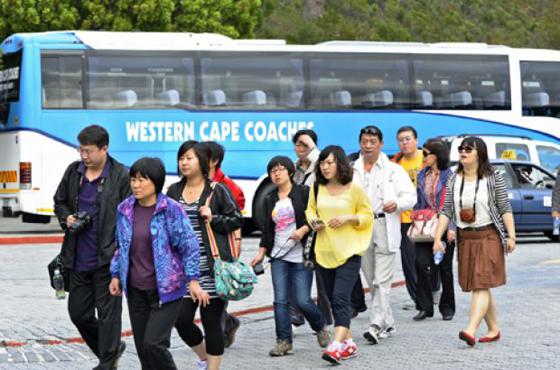Market Research Company Euromonitor International revealed the key trends shaping travel and tourism in Africa at the 41st Annual World Tourism Conference in Kigali, Rwanda.
According to Euromonitor International’s new data, international arrivals to Africa grew by 6.5 percent in 2017, to reach 18,550 million, up from 16,351 million in 2012. Key markets such as South Africa, Kenya, Nigeria, Mozambique, Cameroon, Mauritius and Tanzania accounted for 70 percent of international trips to the Sub-Saharan African region.
This growth can be attributed to digital integration and increasing interaction between hotels, airlines, and car rental companies, using platforms such as social media, meta-search engines and the penetration of online travel agents. Other drivers include a growing short-term rental market, luxury travel, niche tourism, Meetings Incentives Conferences Exhibitions (MICE) and an increasing focus on domestic tourism.
“Many countries are moving away from only promoting Africa as a traditional safari destination, exploring other niche categories such as beach and medical tourism. The travel and tourism market continues to introduce products that suit different type of travelers, accounting for strong growth in major cities across Sub-Saharan Africa,” says Euromonitor Research Analyst Christy Tawii.
Euromonitor predicts that growth in international arrivals to Sub-Saharan Africa will reach 25, 000 million trips by 2022. Arrivals to Africa are expected to see continued growth, driven by increased interest from overseas visitors due to competitive rates in comparison to other destinations with a similar offer. Aggressive brand marketing campaigns and the introduction of new and increased direct air connectivity to and from major overseas markets, is also expected to boost inbound arrivals to the region. Key economies such as South Africa and Nigeria can expect strong growth in inbound trips.
Euromonitor























































